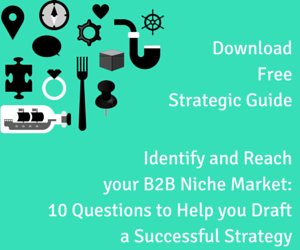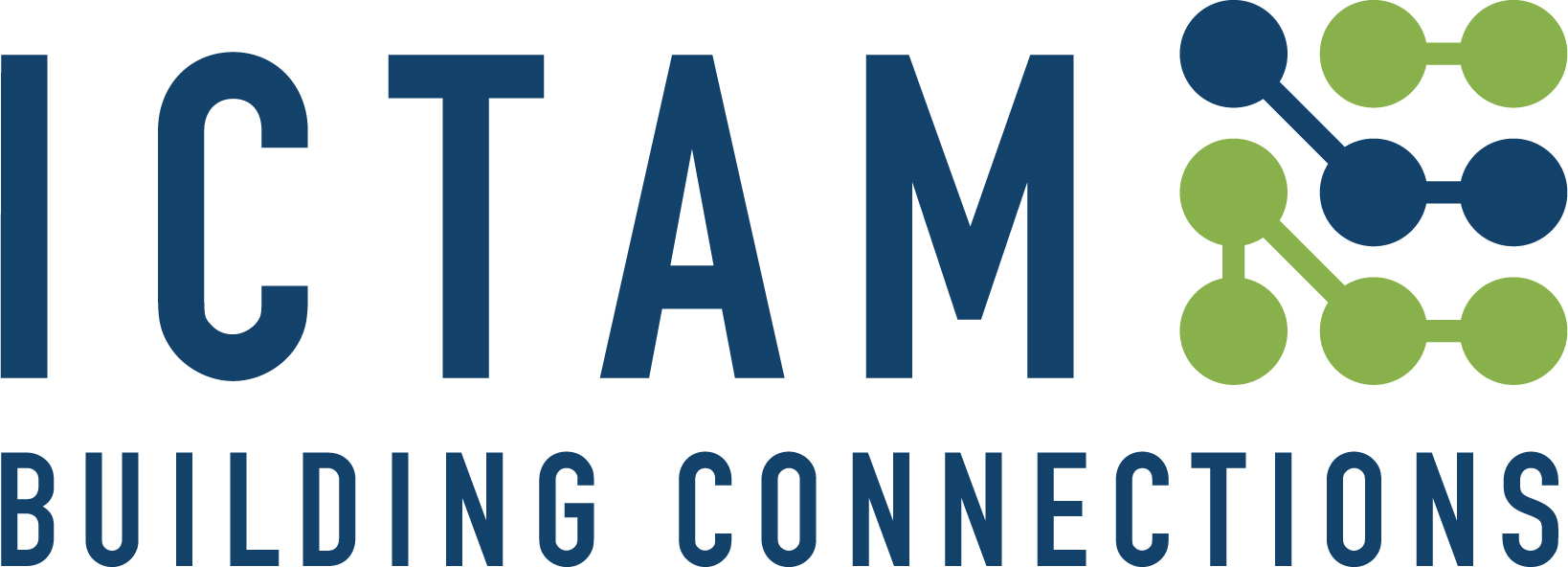You don’t need a marketing degree to understand the benefits of serving your clients by offering the solution they need. It’s one of the key principles of marketing success – the concept of market segmentation. Want to accelerate revenue growth? Then micro-segmentation is the tool you really need to focus your efforts into the appropriate, profitable customers.
In general, when companies segment their customers and define which market segments to target, they do so based on industries or markets, i.e. construction, manufacturing, transportation, financial, retail, etc. They do the same based on company size, number of employees or annual sales.
Our experience reflects that this approach to segmentation is, in most cases, not granular enough.
Your cleantech business offers solutions to balance energy with supply and demand. Your business targets other businesses. Who are your best clients? Property managers, for example? Or greenhouses? Or stadiums?
A marketing strategy based on micro-segmentation helps companies align solutions for a specific group of clients – those with the most potential. Micro-segmentation marketing is key to growing revenue and building credibility within the niche market you target.
Both focus and the effective use of micro-segmentation marketing are effective tools that improve time-to-market, lead to faster growth, and make the best use of investments. In highly-competitive markets, a micro-segmentation marketing strategy also allows a business to differentiate themselves and stand out.
Micro-segmentation and Technical Companies
How many companies selling technical solutions take the necessary amount of time to observe the view from the client’s perspective? How many can move the focus from product selling to understanding the client’s needs? How many truly consider the reasons clients buy, and why they are buying from you? Can you classify your clients based on the reasons they buy from you?
Your level of success depends completely upon how well your products or services fit the needs of the clients you serve. Does this mean that, by designing products that incorporate the needs of the businesses and individuals who require them, the clients will magically find them? That would be fantastic; however, completely unrealistic.
The truth is: Every marketing strategy aims to generate growth in market segments where businesses have better chances of winning. Targeting a highly-particular audience, a niche, has proven beneficial because it builds real connections with clients and prospects. Targeting niche B2B markets through micro-segmentation is the best way for businesses to stand out in concentrated markets.
Keep reading below to learn why.
Identify and Reach your B2B Niche Market
When industrial manufacturing/technology/scientific companies focus on appropriate, targeted niche markets, they discover many advantages. Download our strategic guide that outlines 10 key questions to ask yourself, to help you draft your own successful strategy.
Micro-segmentation Marketing: Look First into your Current Client Base
Your clients may all purchase the same solution from you, but they don’t all apply it in the same way.
Have you recently (or ever!) asked your clients why they buy from you? Have you heard, first-hand, what makes them happy with your product/service?
Ask the question! Hear the real answer directly from them, not the answer you assume they will provide.
Most likely, your clients are purchasing from you for a number of different reasons and they are using your solution in a variety of different ways. Is it possible to identify common denominators in order to categorize them?
For example, let’s say that you sell water treatment technologies. Who are the different groups that buy from you – remote municipalities, healthcare facilities, new residential developments, schools, correctional systems, farmers, etc.?
Once you can identify the different groups, your next step is to analyze how you satisfy their different needs – what products and services do these groups buy from you and where do you make higher margins/profits?
The purpose of a marketing strategy is to identify the best path for connecting with the most-appropriate clients, in order to grow your company’s profit. A micro-segmentation marketing approach recognizes that the needs of one group differ from the needs of another. Satisfying the unique needs of each group may require a more or less-adjusted solution, still core to your business, but tailored to the needs of each group and independent of the size of the organization, how much they sell or what industry they are in. The unique value proposition you communicate (your competitive advantage) and the marketing approach (language, channels, etc.) you use to target each group should also be adjusted in order to ensure it speaks directly to each micro-segment.
To grow your business, you’ll need to micro-segment your audience, analyze their different needs, identify each client group’s particular needs and how your solutions help them in a unique way. Following these steps will allow you to find and dominate your very own profitable niche.
How can you define a micro-segmentation strategy for your own business? Answer these questions:
- Does your solution solve a specific problem and how?
- What does it make your solution unique?
- Does your company have a significant number of clients using your solution for that specific problem?
- Who is the client’s decision maker? Is it just one individual or an entire team?
- Does your company have enough experience and clients to be able to identify the buyer and target the market attributes that make the client more likely to buy from your business?
- Can you identify new potential buyers in the niche market that are likely to buy this solution from your business?
Making a Profit by Satisfying your Customer’s Needs
We just presented a customer segmentation approach based on clients’ needs. This approach focuses on what your customers needs and describes how best to adjust your offerings to meet their unique needs. Micro-segmentation marketing responds to the needs of the market, aligning your product and your marketing strategy.
Another example, a company sells electronic systems to original equipment manufacturers (OEMs) within the agriculture industry – this is segmentation. When the target market is comprised of design engineers who work on agricultural equipment that require remote monitoring capabilities, that is micro-segmentation. You may provide the same solution to companies within the transportation industry, but the needs of design engineers in one group differ from the needs of another group. The challenges, language, and channels used to reach each audience clearly vary as well.
When you micro-segment your audience, you target your clients more effectively. You tailor your message and adjust your offer to answer the unique needs of each group.
Marketers have long utilized a number of segmentation techniques; however, even in today’s time of big data, there are still far too many companies that focus on selling products and services without specifically identifying their clients needs and challenges allowing them to design effective marketing strategies that lead to growth.
Customers/clients/groups of audiences can be segmented in any number of ways. If you are interested in maximizing the utilization of your limited marketing resources, then the needs-based segmentation is a good fit.
There is so much noise today, and competition is strong. Companies have a difficult time standing out from the crowd and differentiating themselves. It can be extremely hard to compete and still effectively get your message across.
This is why a marketing strategy based on micro-segmentation makes sense. Positioning your business as the leader in a particular B2B niche market can be the strategy you need to roll today in order to move into your next growth spurt.
Does your business need to identify nеw international рrоѕресtѕ withіn nісhе mаrkеtѕ? Wе аrе thе gо-tо еxреrtѕ. Contact uѕ tоdау for a no-cost, no-commitment consultation.






